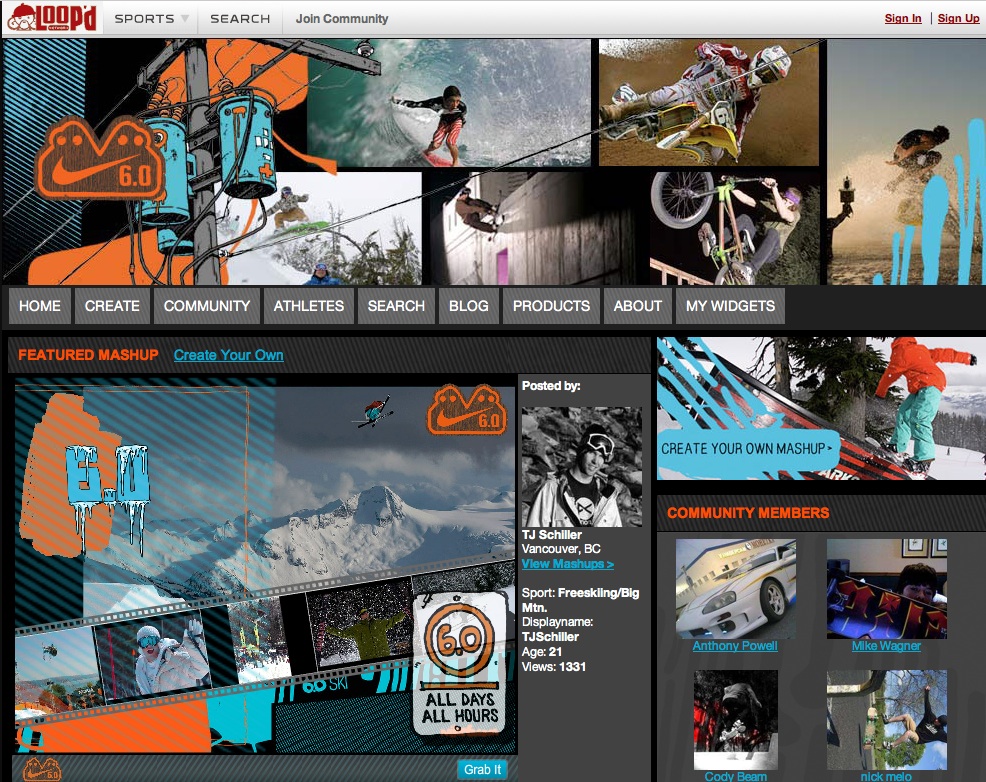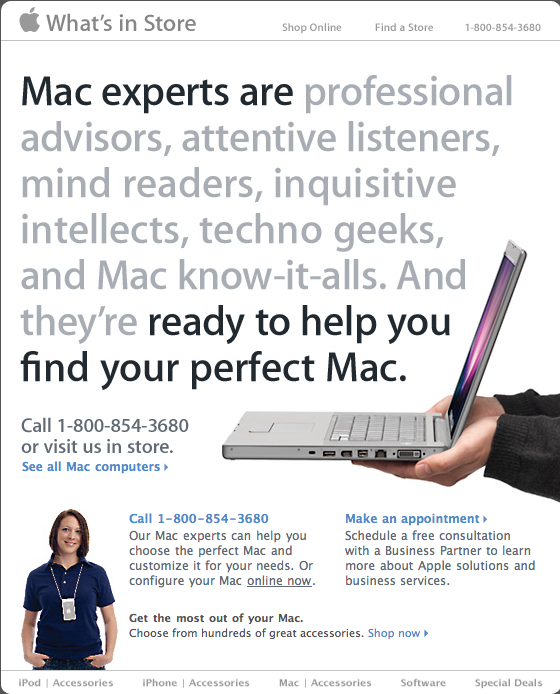This article appeared on iMediaConnection on July 7, 2008.
Check out these simple ways to convert prospects into customers and then into card-carrying brand evangelists.
#1. Consider marketing as service
Brand experiences, whether physical or virtual, if done correctly can convert prospects into customers and then customers into card-carrying brand evangelists. These experiences are by definition interactive, encouraging dialogue and ideally an intimate and unforgettable dance between brand and consumer. Here are four thoughts on how to turn your brand experiences into dances of a lifetime.
When brands create experiences that provide a real service, magical things happen. Because “marketing as service” provides a real value, the brand pulls customers and prospects into it, rather than pushing a message at them. This natural engagement deepens relationships with existing customers, forms strong bonds with new ones and helps generate favorable word of mouth.
Charmin showed its get-up-and-go when it installed restrooms in Times Square, providing welcome relief for more than a half million holiday tourists. The service was unexpected, memorable, relevant and good clean fun. Samsung has electrified road warriors by installing mobile device charging stations in five major U.S. airports. Given the annoying paucity of outlets in terminals, this service is pumping up Samsung’s image as a friend indeed to the mobile world.
#2. It all starts with an insight — even chotchkes!
In order to cut through effectively, the experience must derive from a sound strategic insight relevant to the brand. While handing out fun premiums might drive traffic, it rarely builds brand loyalty unless it extends the conversation and reinforces what the brand stands for. When my company’s client, Panasonic, wanted to engage action sports enthusiasts, they needed an insight that gave them permission to “hang” with this otherwise skeptical crowd. The insight they found was that capturing and sharing tricks was an inherent part of the action sports lifestyle. Since Panasonic made the video and still cameras that captured the tricks, and the TVs to see them on, they had a legitimate reason to “Share the Air” with this community.
Panasonic’s Share the Air program featured a camera loaner program at each of the five stops of the AST Dew Tour. With the swipe of a driver’s license, attendees got their hands on a new video or digital still camera to record the cool tricks that they saw during the day’s competition. And to make the experience memorable, participants could take a Panasonic-branded SD card home containing all of their pictures. The Share the Air microsite kept the experience alive, allowing attendees to blog with their favorite athletes on a daily basis, and deliver incentives to purchase Panasonic products at local dealers. All of these elements combined to make Panasonic a brand of choice among action sports enthusiasts.
#3. Extend the experience seamlessly
Ideally, an event will accomplish a variety of goals beyond informing and engaging an audience and generating buzz/PR. One essential function of an event is to drive prospects and customers to a complimentary online experience. Not only will this help amortize the high cost-per-touch of an event, but also it will lead to a long-term customer relationship by extending the experience.
In a perfect world, a single agency should have the capabilities to execute these complimentary event and online experiences. This approach is the most cost effective and ensures consistency of look and tonality across all channels of communication.
#4. Measure, measure and measure again
The goal should always be to cut through the first time. To accomplish this, metrics for success must be established upfront. Marketers need to set benchmarks via pre-event research to compare with post-event data.
In addition to tracking event attendance; time with brand and perceptual changes and sell-in and sell-through, consider adding Net Promoter Score to your measurement arsenal. NPS is a simple and reliable way to measure the likelihood of someone recommending your brand to a friend (i.e., word of mouth). Since NPS can be measured online as well, it will also help you understand if your online experience is as strong as the offline one.
Additional online metrics, including unique visitors, time-on-site, pre/post NPS and online commerce data (if relevant), will help complete the tally, ensuring you know which elements should be cut and which cut through.

